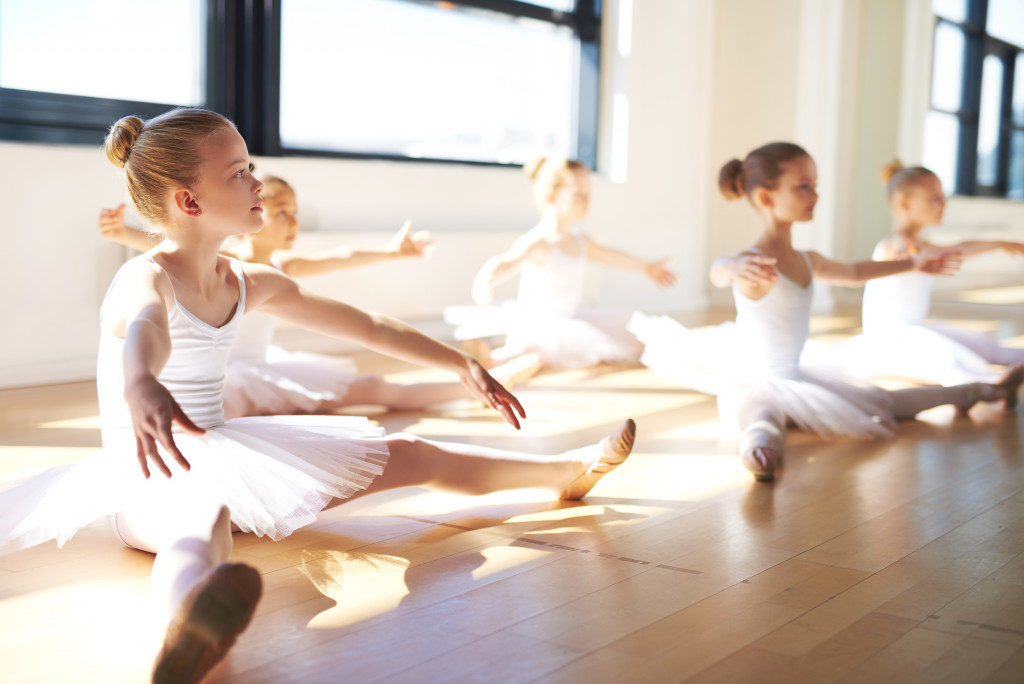Parents play an essential role in the successful development of children. Not only do parents provide emotional support for their children, but they also help to create and nurture a learning environment that encourages growth and exploration. Research has shown that when kids have access to a stimulating environment tailored to their needs, it leads to more excellent educational and psychological outcomes.
For example, a study by the National Institutes of Health found that most mothers actively engaged in conversations with their infants, resulting in improved language skills in those children. The study was conducted with 200 infants between 6 months and one year old and showed that mothers who talked more frequently with their babies had babies who spoke more words at age two than those whose mothers spoke less often. Furthermore, these conversations had an even more significant impact on babies from lower-income backgrounds as they exposed them to a wider variety of words than what would typically be heard from other family members or community members.
If parents want to maximize their children’s educational and psychological development, they should take an active role in helping create a stimulating environment for their kids. Moreover, they should ensure that their children can access various creative elements. Here are a few areas where parents can focus on helping their children’s development.
Art
Art is essential to a child’s development, as it encourages creativity and imagination. It enables kids to express themselves in ways that may not be available in other forms of play or education. Art provides space for children to explore their feelings and experiences without constraints, allowing them to better understand the world around them.
In addition, art can help children learn problem-solving skills, as they must figure out how to use different materials and techniques to create a piece of art that reflects their vision. It also encourages collaboration and teamwork, as kids work together to make something from the same materials or share ideas on finishing a project. Furthermore, art helps kids become more resilient by teaching them how to deal with failure or rejection when an artwork doesn’t turn out as expected.
Art appears in various forms for kids to explore, from traditional art forms such as painting and drawing to more modern means of expression such as photography and digital media. By providing kids with access to a variety of art materials and tools, parents can help their children become well-rounded in the creative space.
Music
Music is another way for kids to express themselves creatively while learning important math, literacy, and cognitive skills. Listening to music helps develop vital language skills by teaching kids new words or phrases they may not be familiar with yet. Furthermore, it encourages better communication as songs often contain stories or messages that need to be interpreted accurately by listeners. Music can also help improve concentration among children by allowing them to focus on a single task without getting distracted easily.
Making music is an additional way to help kids develop essential skills. At a young age, children can begin singing simple songs or playing instruments that require minimal coordination. As they get older, they can learn more complex pieces of music and practice greater discipline when learning new techniques.
Performance Art

Performance art is another great way for children to express themselves creatively while developing critical communication and social skills. Performance art allows them to take on various roles as part of a story or script and explore different emotions and personalities in a safe environment. It also teaches kids how to manage their nerves when performing before an audience, which is beneficial for future professional endeavors such as job interviews or public speaking engagements.
In addition, performance art introduces kids to collaboration, as they must work together with their peers to create a successful production. It promotes teamwork and resilience, as kids must take on new challenges or fix any mistakes that may occur during a performance. Theater plays provide the best example, as kids must devise creative solutions to ensure the play runs smoothly. It also incorporates two similar performance art activities: singing and dancing. With those combined elements, kids can explore more in-depth stories and messages when creating a performance.
Final Thoughts
Parents should actively engage with their children to create the best learning environment possible. Providing access to creative elements such as art, music, and performance art are essential for their development and helps them become confident problem solvers who are not afraid of failure. By helping kids explore their creativity, they will have better educational experiences that will stay with them forever.
